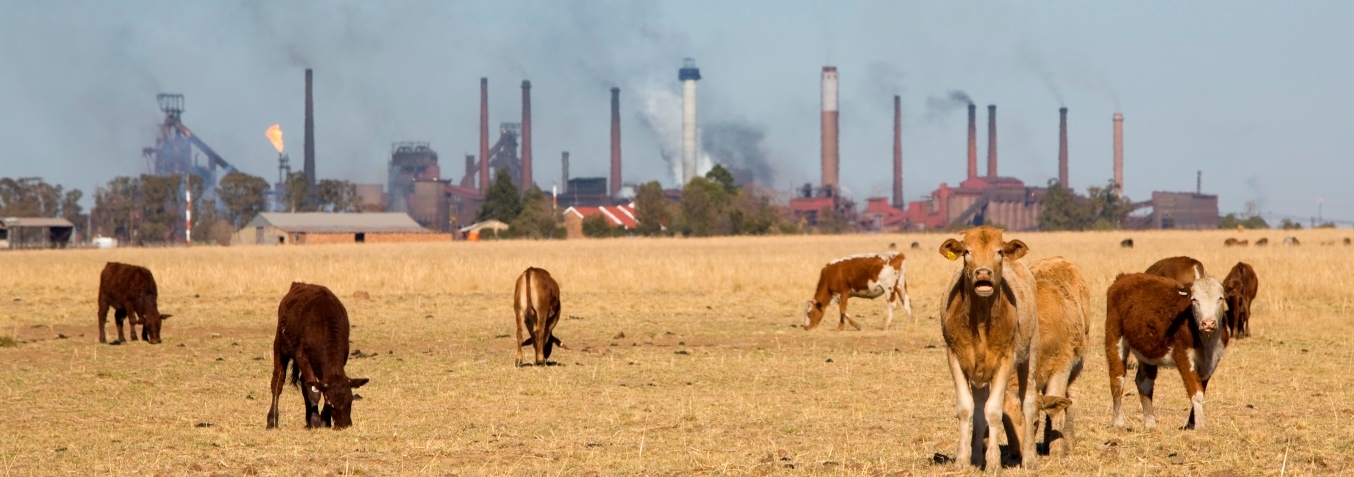
Twenty-three African experts, including academics and journalists, took time to review the UNESCO publication entitled “Reporting on Climate Change in Africa: A Practical Guide for Journalists”. The Connect4Climate Visualising A Warming World Africa maps designed by Laura Canali have been reproduced in the publication.
According to Fackson Banda, programme specialist at UNESCO Headquarters, “The publication is meant to contribute towards developing transnational and interdisciplinary climate literacy among media professionals and especially journalists, in an attempt to demystify efforts at climate change mitigation and adaptation”.
The review workshop on the publication brought together various African experts from Botswana, Ghana, Namibia, Nigeria, Rwanda, South Africa, Uganda, Zambia and Zimbabwe. Co-authored by the International Institute for Environment and Development and INTERNEWS, the manuscript stimulated intense debate focused on the “interdisciplinary” basis of climate change knowledge, and how it could be appropriated by journalists in the “African” context.
The publication responds to a very real need in African journalists’ reporting of the complex phenomenon of climate change. Climate change poses a clear danger to lives and livelihoods across Africa. Journalists there have critical roles to play in explaining the cause and effects of climate change, in describing what countries and communities can do to adapt to the impacts ahead, and in reporting on what governments and companies do, or do not do, to respond to these threats.
Yet research on public understanding of climate change and surveys of journalists reveal that across Africa the media can and should do more to tell the story of climate change. UNESCO produced this book to help fill this important gap.
The authors of this guide represent the organizations that have trained hundreds of journalists around the world to report more effectively on climate change. They consulted 44 journalists from 17 African countries and 38 climate-change specialists, who provided their insights into what was missing from African media coverage and how this book should help to fill those gaps.

The publication is available on UNESCO's website and on our climate resources page




